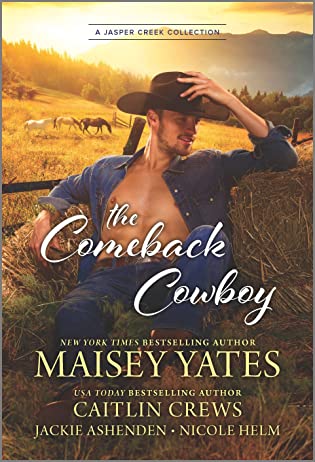 The Comeback Cowboy by Maisey Yates, Caitlin Crews, Nicole Helm, Jackie Ashenden
The Comeback Cowboy by Maisey Yates, Caitlin Crews, Nicole Helm, Jackie Ashenden Format: eARC
Source: supplied by publisher via NetGalley
Formats available: paperback, ebook
Genres: contemporary romance, western romance
Series: Jasper Creek #4
Pages: 384
Published by HQN Books on April 25, 2023
Purchasing Info: Author's Website, Publisher's Website, Amazon, Barnes & Noble, Kobo, Bookshop.org, Better World Books
Goodreads
They may not have been friends when they were younger but now, they’ll work together to save the camp that saved them and, maybe, even find love in the process…
The alumni of Camp Phoenix, a summer program for at-risk youth, went their separate ways, but now they’ve been called back to help the camp reopen for a new crop of kids. Now successful adults, the four women pledge to restore the grounds to their former glory, if long-standing rivalries and old flames don’t get in the way first…
Bree White fought hard to get away from her criminal family and all of the reminders of her past until Sheriff Flint Decker brings all those feelings back and more. Attorney Violet Cook owes her life to Camp Phoenix and is determined to save the camp…but who’s going to save her from the temptation of long-time crush US Marshal Lincoln Traeger? Kinley Parker never left Camp Phoenix, dedicating her life to it, and has no time for pushy cowboys like Jackson Hart until butting heads leads to sparks. The daughter of the camp’s founder. Clementine McClain has always wanted to follow in her law-abiding father’s footsteps, but her father’s protégé and former bad boy Duke Cody has her breaking all the rules.
My Review:
The image of the phoenix is a powerful one, a being of flame, rising from the ashes of its previous self. That’s the image that Sheriff Bill McClain of Jasper Creek invoked when he built Phoenix Camp. He made the camp into a place where teens who were heading down bad roads would have a chance to take a breath in a safe place and look hard at their past selves and, with support and understanding, choose to rise from their own ashes.
When The Comeback Cowboy opens, Bill has passed and the camp has been neglected for years. It’s going to take time, money and more than a bit of elbow grease to bring the place back from its own ashes.
Just as both McClain and the camp he created once helped its alumni pick up their pieces and move on, so now it’s their turn to bring the place that helped them back so that Camp Phoenix can help a new generation of kids who need it as much as they did.
So there’s not just one “comeback cowboy” in this book, there are four; Flint, Lincoln, Jackson and Duke. All are now in their early 30s, and they all “graduated” from the school of hard knocks but, thanks to McClain, found a better path than their lives had originally intended them for. Jackson Hart, forced to retire from the DEA after a career-ending injury, now owns the old camp. And he’s determined to turn it back into the saving place it once was – and to save himself as well.
His friends all come back to help him with the many, many dirty jobs that will be needed to make that happen. And he coaxes, persuades, orders, whatever, a group of the successful women who once walked that same misguided path that he and his friends did. Women who owe their success to Bill McClain and Camp Phoenix every bit as much as those comeback cowboys do.
The story in The Comeback Cowboy is the story of putting, not the band – because this bunch was never all that together – but the camp back together. It’s about restoring the place and the traditions that made them each what they became.
A restoration that takes place in the background as the four women; Bree, Violet, Kinley and Clementine – who all hated and envied each other as teenagers – bond into a sisterhood that surprises them all. And find the love that none of them ever thought they would have or deserve – after the pasts they all share.
Escape Rating A-: The Comeback Cowboy is both one story and four stories at the same time. It’s about what the camp meant to them in the past, and what they hope it will mean to others in the future. It’s about giving back and not giving up.
And its four romances – all taking place at the same time and in the same place. But each of them just a bit different in spite of those similarities.
Bree and Flint’s romance is absolutely enemies-to-lovers. It’s hard to think of a situation that would create more enmity in the past – as well as embarrassment in the present – than their original not-cute-at-all meeting. When Bree was 14, and Flint was a newly fledged police officer, he arrested Bree for shoplifting. Instead of booking her he brought her to McClain which led to the camp which put her on the path to a much brighter future.
But she’s never forgotten and is not too sure she’s forgiven either. Falling in love with the man who arrested her was NOT in Bree’s plans. Stealing his hat, on the other hand, sparks off something special.
Each of the women ‘steals’ something from one of the men. An important something, like Flint’s hat. Or an annoying something, like Jackson’s ever-present and frequently squawking bullhorn. As love languages go, it’s certainly different.
At the same time it’s emblematic of who these people are and what parts of their lives they still need to re-think before they are ready for their own future. In other words, each of them needs to rise up like the phoenix one more time, and those so-important items are symbols of what they need to let go of to make that climb.
Violet and Lincoln’s romance is a bit of a second-chance one, as she had a huge crush on him back in the day, while he noticed how much she pretended to hate him but didn’t see her as more than a little girl – because she was much too young. Now they’re both adults, and both of them have traumas in their pasts that they need to let go of, symbolized by Lincoln’s grandmother’s locket that Violet makes off with.
In their different ways, both Kinley and Jackson need to, as his friends tell him, unclench. He can’t always be in control, and has to learn to let go of the facade that he can, while Kinley needs to let herself stand up for herself. Their ‘bone’ of contention is that damnable bullhorn that Jackson keeps putting between himself and the world that no one can truly control.
Clementine McClain and Duke Cody have known each other for years. She’s McClain’s daughter – and now she’s Duke’s cop partner. Their romance has the flavor of the ‘best friend’s little sister’ vibe, as Duke has watched Clementine grow up and does feel protective of her. That she’s his mentor’s daughter adds the spice of the forbidden to the whole thing. Once she was forbidden, but not anymore.
Three out of the four romances worked really well for this reader. It didn’t seem like Jackson and Kinley’s romance had quite enough time for it to not seem a bit too fast and more than a bit convenient, but the others had more than enough history to make what would otherwise be insta-love really zing. Clementine’s story had the added bonus of her personal journey from ‘one of the boys’, because that was the only way her dad could deal with her, to accepting herself as she is. That it’s all wrapped in how much she loves her dad, misses him, and still resents just how much he made her feel like her being female was an embarrassment to him added an interesting layer of complexity to her story.
In summary, because this does need one, I loved three of the romances, thought the fourth was OK, and found the story of the camp and its rise from its ashes to be delightful. If you love any of the included authors, or are looking for a bit of a contemporary western romance sampler, The Comeback Cowboy is a treat!


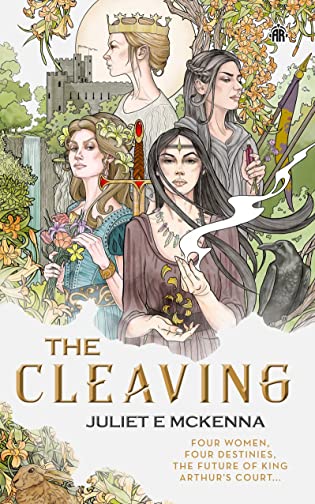 The Cleaving by
The Cleaving by 
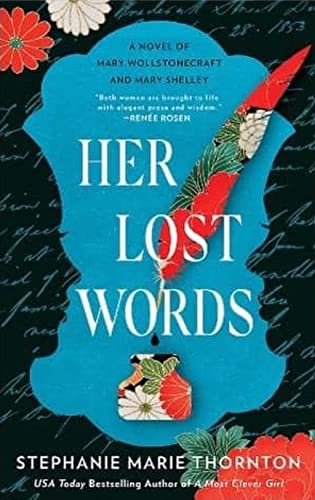 Her Lost Words: A Novel of Mary Wollstonecraft and Mary Shelley by
Her Lost Words: A Novel of Mary Wollstonecraft and Mary Shelley by  But the tides of history turn, and for more than a century after Mary Shelley’s death it was HER great work that captured the limelight – and much of the popular imagination – while her mother’s achievements were covered in the shadows cast by her daughter’s monster, the doctor who made him and the literary genre they started.
But the tides of history turn, and for more than a century after Mary Shelley’s death it was HER great work that captured the limelight – and much of the popular imagination – while her mother’s achievements were covered in the shadows cast by her daughter’s monster, the doctor who made him and the literary genre they started.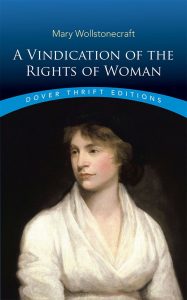 Escape Rating B: Someone needs to do a literary survey of just how many fictional and even non-fictional biographies of famous women in history begin with a dramatic scene of parental or spousal abuse. Not that I do not believe it’s true in the case of the older Mary, more that it should be telling in a profound way that it happened so damn frequently but somehow that message never seems to penetrate the male psyche. Which is a part of what made
Escape Rating B: Someone needs to do a literary survey of just how many fictional and even non-fictional biographies of famous women in history begin with a dramatic scene of parental or spousal abuse. Not that I do not believe it’s true in the case of the older Mary, more that it should be telling in a profound way that it happened so damn frequently but somehow that message never seems to penetrate the male psyche. Which is a part of what made  I wanted to be all in on this one and I just wasn’t. I’m still interested in Wollstonecraft and Shelley, and will probably refer myself to
I wanted to be all in on this one and I just wasn’t. I’m still interested in Wollstonecraft and Shelley, and will probably refer myself to 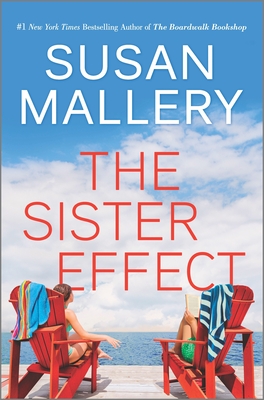 The Sister Effect by
The Sister Effect by 
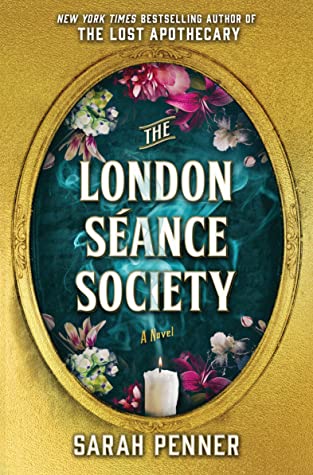 The London Séance Society by
The London Séance Society by  Escape Rating A: I picked up The London Séance Society because I enjoyed the author’s debut novel,
Escape Rating A: I picked up The London Séance Society because I enjoyed the author’s debut novel, 
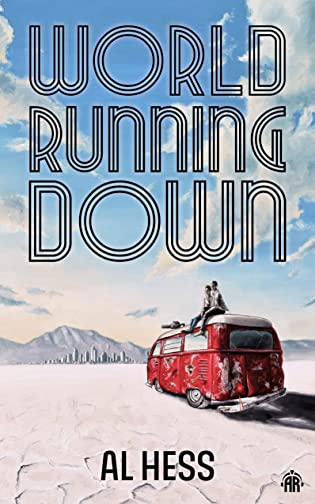 World Running Down by
World Running Down by 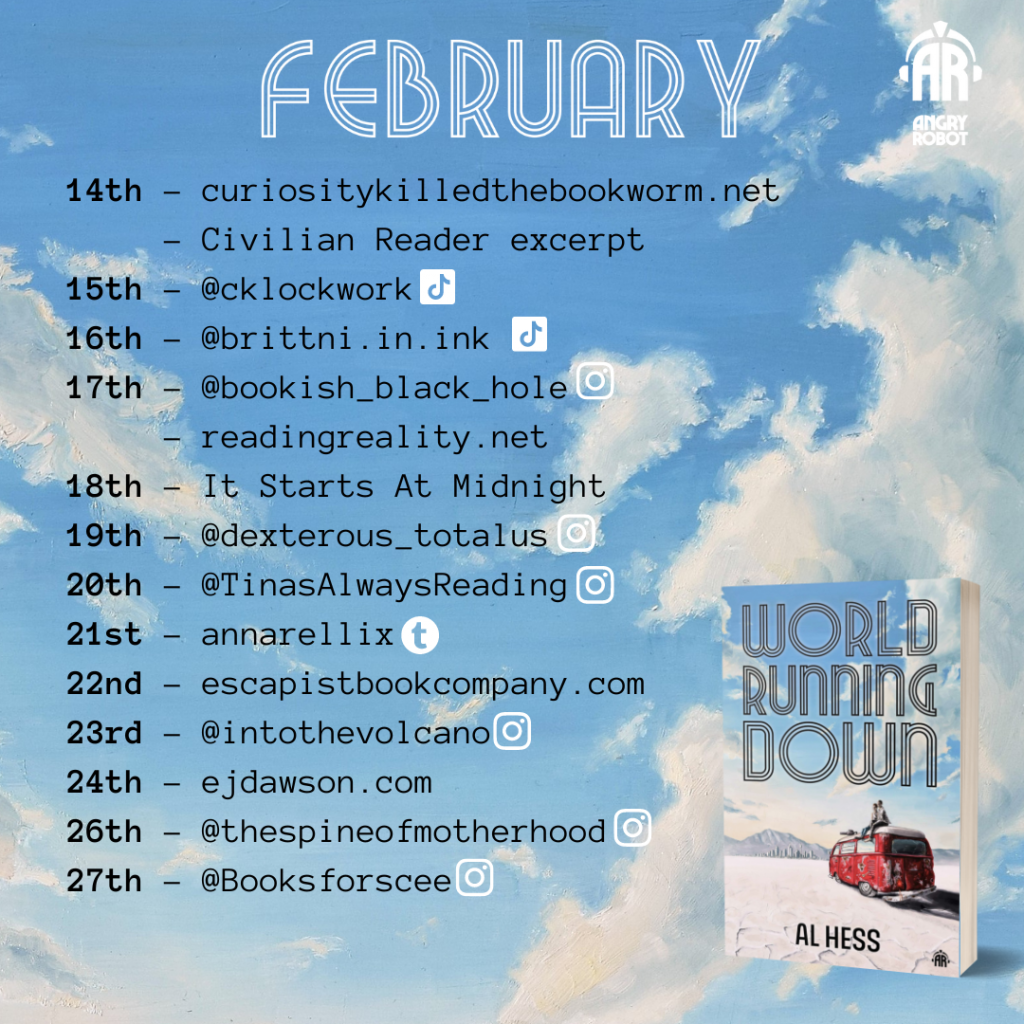 FEBRUARY
FEBRUARY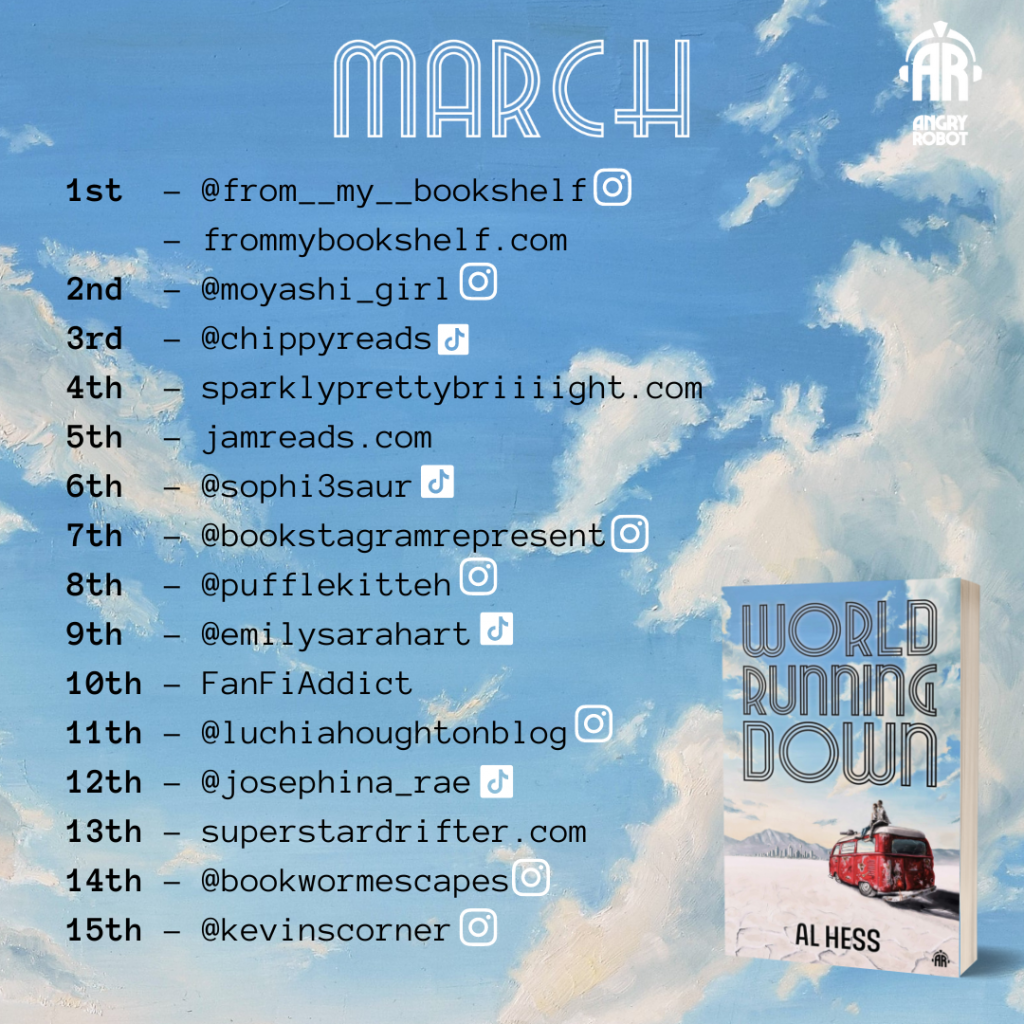 MARCH
MARCH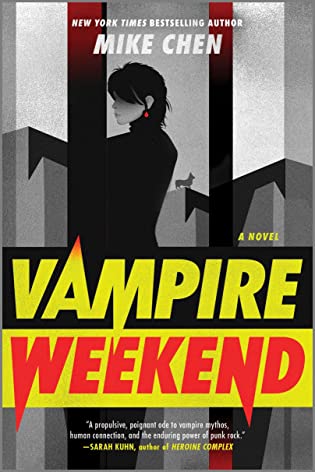 Vampire Weekend by
Vampire Weekend by 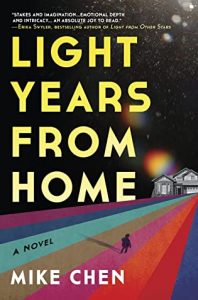 Escape Rating B+: Louise’s journey in Vampire Weekend is a combination of “no matter where you go, there you are” and “who do you want to be when you grow up?” Because Louise hasn’t. Grown up, that is. And that not-grown-up self has been dragging behind her and holding her back for decades. When Ian drops into her life – and all the landmines in her past that he unwittingly brings with him – she’s forced to reckon with who she once was and the baggage she’s still carrying from that person.
Escape Rating B+: Louise’s journey in Vampire Weekend is a combination of “no matter where you go, there you are” and “who do you want to be when you grow up?” Because Louise hasn’t. Grown up, that is. And that not-grown-up self has been dragging behind her and holding her back for decades. When Ian drops into her life – and all the landmines in her past that he unwittingly brings with him – she’s forced to reckon with who she once was and the baggage she’s still carrying from that person.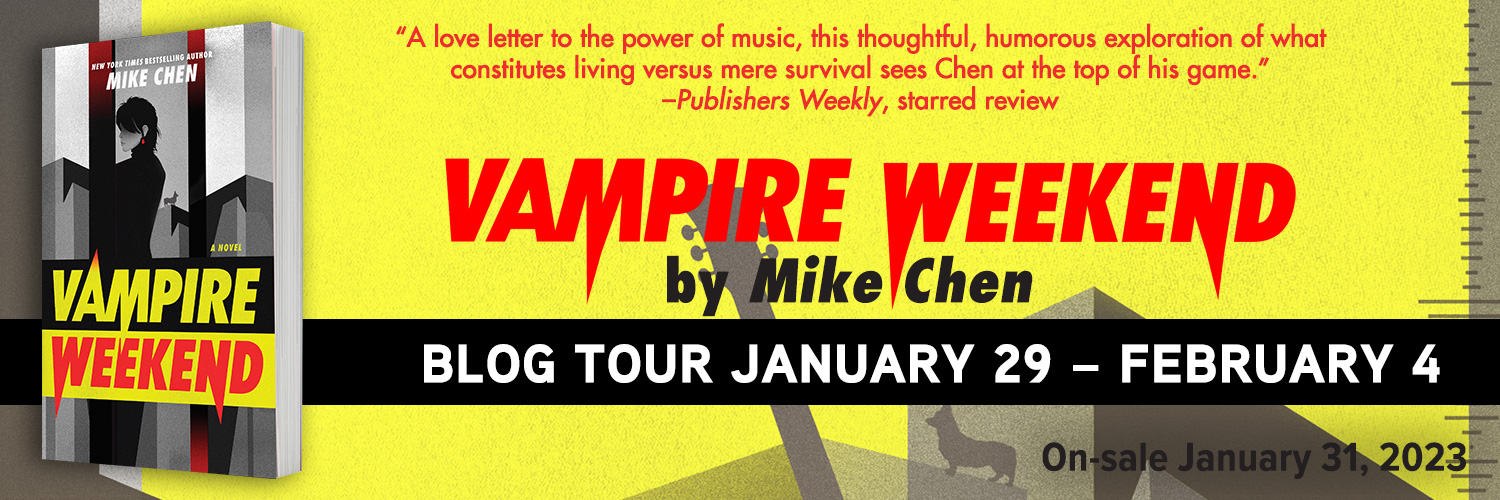
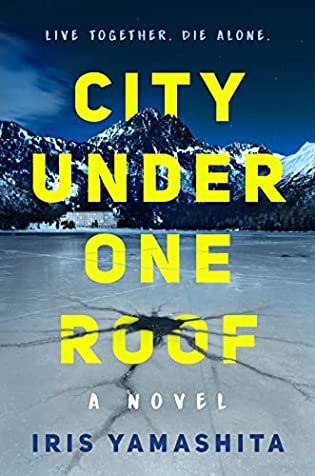 City Under One Roof by
City Under One Roof by 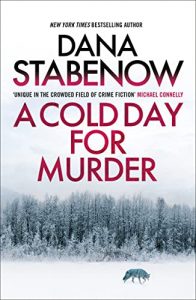 On my other hand, I’m not totally sure the slow burn romance between Cara and one of the local cops was completely necessary. The story was plenty compelling without wondering will they/won’t they.
On my other hand, I’m not totally sure the slow burn romance between Cara and one of the local cops was completely necessary. The story was plenty compelling without wondering will they/won’t they.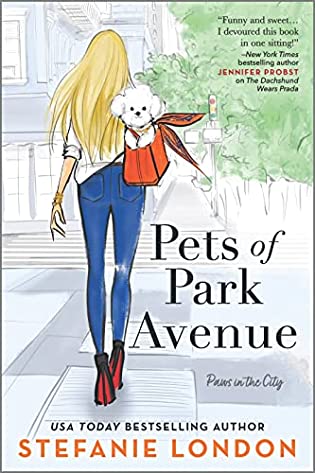 Pets of Park Avenue (Paws in the City, #2) by
Pets of Park Avenue (Paws in the City, #2) by 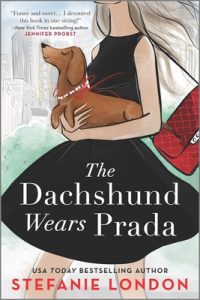 This followup to
This followup to 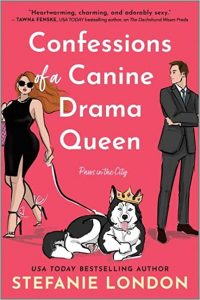 But they also kind of aren’t. Or at least, they didn’t intend to be. But what they meant versus what they said and how they said it, how much they saw AND treated Scout as if she was a carbon copy of her mother, sent their relationship and Scout herself off in some terrible directions that she spends the whole story dealing with.
But they also kind of aren’t. Or at least, they didn’t intend to be. But what they meant versus what they said and how they said it, how much they saw AND treated Scout as if she was a carbon copy of her mother, sent their relationship and Scout herself off in some terrible directions that she spends the whole story dealing with.
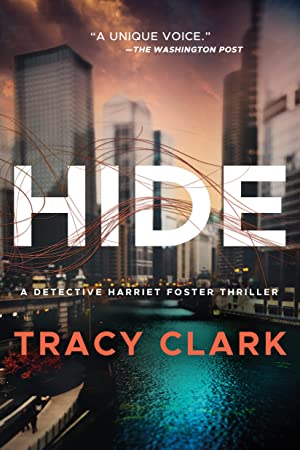 Hide (Detective Harriet Foster #1) by
Hide (Detective Harriet Foster #1) by 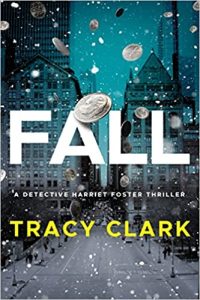 Hide is the first book in what looks to be a compelling mystery suspense series. While it isn’t officially out until January 1, it is available NOW to Amazon Prime members as one of the Amazon First Reads books this month. So if you are as impatient to read it as I was there is a way to get it this month.
Hide is the first book in what looks to be a compelling mystery suspense series. While it isn’t officially out until January 1, it is available NOW to Amazon Prime members as one of the Amazon First Reads books this month. So if you are as impatient to read it as I was there is a way to get it this month.